Deciding between a sapphire and a diamond often comes down to understanding their price differences. COMPARE.EDU.VN offers a detailed comparison to help you make an informed choice. By examining factors like rarity, color, and size, you can gain valuable insights into the cost variations between these gemstones. Explore the value and beauty of sapphires and diamonds for an informed decision, focusing on cost analysis, gemstone comparison, and informed purchasing.
1. Unveiling the Price Difference: Sapphires vs. Diamonds
When considering precious gemstones, especially for significant purchases like engagement rings or investment pieces, a primary question arises: How Much Do Sapphires Cost Compared To Diamonds? The answer is multifaceted, influenced by factors like rarity, size, color, and treatments. Let’s dive into a detailed comparison to illuminate the price landscape.
1.1. What Affects the Cost of Sapphires?
Several key characteristics determine the value and cost of a sapphire:
- Color: The most prized sapphires are those with vivid, intense blue hues. The “cornflower blue” of Kashmir sapphires is particularly valuable. Other colors, known as fancy sapphires, also command high prices based on their saturation and purity.
- Clarity: Like diamonds, the clarity of a sapphire affects its value. Sapphires with fewer inclusions (internal flaws) are more desirable and expensive.
- Carat Weight: Larger sapphires are rarer and, therefore, more expensive per carat.
- Cut: A well-cut sapphire will showcase its color and brilliance. The cut should maximize light reflection and minimize any visible flaws.
- Origin: Sapphires from certain locations, like Kashmir or Burma, are historically known for their superior quality and can fetch higher prices.
- Treatments: Many sapphires undergo treatments to enhance their color and clarity. Untreated sapphires are generally more valuable.
1.2. What Affects the Cost of Diamonds?
Diamonds are graded based on the “4 Cs”:
- Carat: The weight of the diamond, with larger diamonds being more expensive.
- Cut: How well the diamond’s facets interact with light, affecting its brilliance, fire, and scintillation.
- Clarity: The absence of inclusions and blemishes, with flawless diamonds being the rarest and most valuable.
- Color: How colorless the diamond is, with completely colorless diamonds (graded D) being the most valuable.
1.3. A Direct Price Comparison
To answer the question “How much do sapphires cost compared to diamonds?” directly, consider these points:
- Per Carat Cost: Generally, diamonds are more expensive per carat than sapphires. A high-quality, 1-carat diamond can range from $2,500 to $30,000 or more, depending on the 4Cs. A comparable high-quality sapphire might range from $500 to $10,000 per carat, though exceptional stones can exceed this range.
- Rarity: High-quality, large diamonds are rarer than high-quality, large sapphires, contributing to their higher price.
- Market Demand: Diamonds have historically had a stronger market demand, influenced by marketing and cultural significance, which also drives up their price.
2. Sapphire: A Gemstone Overview
Sapphires, members of the corundum family, are renowned for their durability and stunning array of colors. While blue sapphires are the most well-known, these gems also come in shades of pink, yellow, green, and more. Understanding the nuances of sapphire characteristics is essential when evaluating their cost and desirability.
2.1. The Allure of Blue Sapphires
Blue sapphires owe their color to trace amounts of iron and titanium. The most coveted blue sapphires exhibit a vivid, saturated hue with excellent clarity. These gems are often associated with royalty, wisdom, and good fortune.
2.2. Fancy Sapphires: A Spectrum of Colors
Fancy sapphires encompass all sapphire colors other than blue. These gems can be just as valuable, or even more so, depending on their rarity and color intensity. Padparadscha sapphires, with their unique pinkish-orange hue, are among the rarest and most expensive fancy sapphires.
2.3. Key Characteristics of Sapphires
- Hardness: Sapphires have a Mohs hardness of 9, making them exceptionally durable and suitable for everyday wear.
- Luster: Sapphires possess a vitreous (glass-like) luster, which contributes to their brilliance.
- Refractive Index: The refractive index of sapphire ranges from 1.76 to 1.77, indicating its ability to bend light and create sparkle.
3. Diamond: A Gemstone Overview
Diamonds, composed of pure carbon, are celebrated for their exceptional hardness, brilliance, and fire. They symbolize love, commitment, and enduring strength, making them a popular choice for engagement rings and other meaningful jewelry.
3.1. The 4Cs of Diamond Quality
As mentioned earlier, the 4Cs – carat, cut, clarity, and color – are the standard criteria for evaluating diamond quality and value. Each C plays a crucial role in determining a diamond’s overall beauty and desirability.
3.2. Diamond Cuts and Their Impact on Brilliance
The cut of a diamond refers to the proportions, symmetry, and polish of its facets. A well-cut diamond will maximize light reflection, resulting in exceptional brilliance, fire, and scintillation.
3.3. Natural vs. Lab-Grown Diamonds: Cost Considerations
The emergence of lab-grown diamonds has introduced a new dimension to the diamond market. These diamonds, created in a laboratory environment, possess the same physical and chemical properties as natural diamonds but are typically more affordable.
4. Factors Influencing Gemstone Costs
Beyond the inherent characteristics of sapphires and diamonds, several external factors can influence their prices. Understanding these factors can help buyers make informed decisions and potentially find better deals.
4.1. Supply and Demand Dynamics
The availability of sapphires and diamonds in the market is influenced by mining operations, geological discoveries, and geopolitical events. Fluctuations in supply and demand can significantly impact prices.
4.2. Geographical Origin and Rarity
As noted, sapphires and diamonds from certain regions are prized for their exceptional quality and rarity. Gems from these locations often command higher prices due to their historical significance and limited availability.
4.3. Treatments and Enhancements
Many sapphires and diamonds undergo treatments to improve their color or clarity. Heat treatment is a common practice for sapphires, while laser drilling and fracture filling are sometimes used to enhance diamond clarity. Untreated gems are generally more valuable, as they represent their natural state.
5. Making an Informed Decision
Choosing between a sapphire and a diamond involves carefully weighing your priorities, preferences, and budget. Consider the following factors to guide your decision-making process:
5.1. Defining Your Budget and Priorities
Determine how much you are willing to spend on a gemstone and identify the characteristics that are most important to you. Do you prioritize size, color, clarity, or origin?
5.2. Considering the Occasion and Personal Style
The occasion for which you are purchasing the gemstone can influence your choice. Diamonds are often associated with engagement and bridal jewelry, while sapphires can be a meaningful choice for birthstones, anniversary gifts, or personal adornment.
5.3. Seeking Expert Advice and Gemstone Certification
Consult with a reputable jeweler or gemologist to learn more about sapphires and diamonds and to obtain expert advice on selecting the right gemstone for your needs. Insist on gemstone certification from a recognized laboratory, such as the Gemological Institute of America (GIA), to ensure the authenticity and quality of your purchase.
6. Sapphires vs. Diamonds: A Detailed Comparison Table
To further clarify the differences between sapphires and diamonds, here is a detailed comparison table:
| Feature | Sapphire | Diamond |
|---|---|---|
| Composition | Aluminum oxide (corundum) | Pure carbon |
| Hardness (Mohs) | 9 | 10 |
| Refractive Index | 1.76 – 1.77 | 2.42 |
| Luster | Vitreous | Adamantine |
| Color | Blue, pink, yellow, green, orange, white, etc. | Colorless to yellow/brown |
| Brilliance | Good | Excellent |
| Fire | Moderate | High |
| Rarity | Varies depending on color and origin | Varies depending on the 4Cs |
| Price (per carat) | $50 – $10,000+ (depending on quality) | $2,500 – $30,000+ (depending on the 4Cs) |
| Symbolism | Wisdom, nobility, sincerity | Love, commitment, eternity |
| Common Uses | Rings, necklaces, earrings, bracelets | Engagement rings, bridal jewelry, fine jewelry |
| Treatments | Heat treatment is common | Laser drilling, fracture filling are sometimes used |
| Origin | Sri Lanka, Kashmir, Burma, Madagascar, Australia, etc. | Africa, Russia, Australia, Canada |
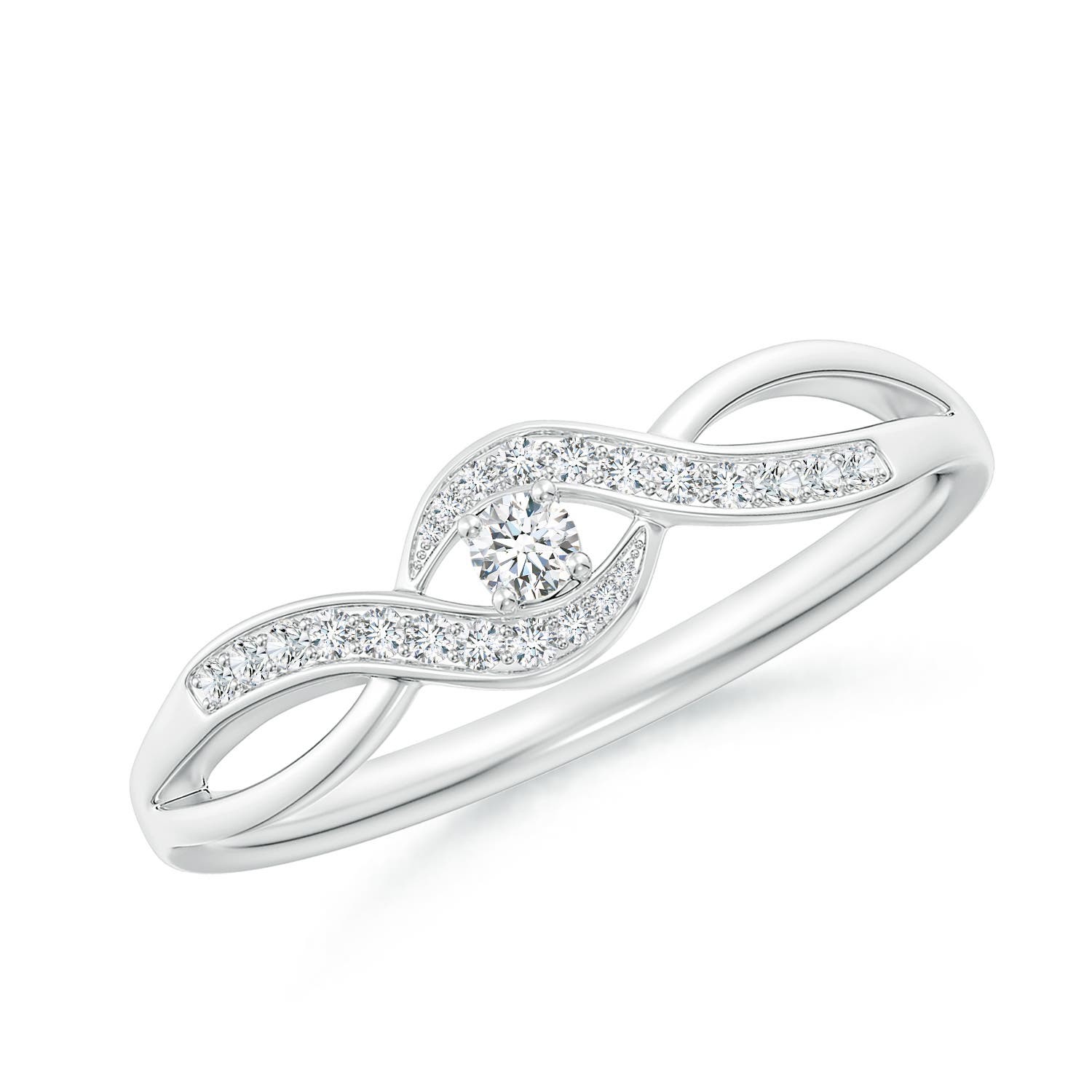
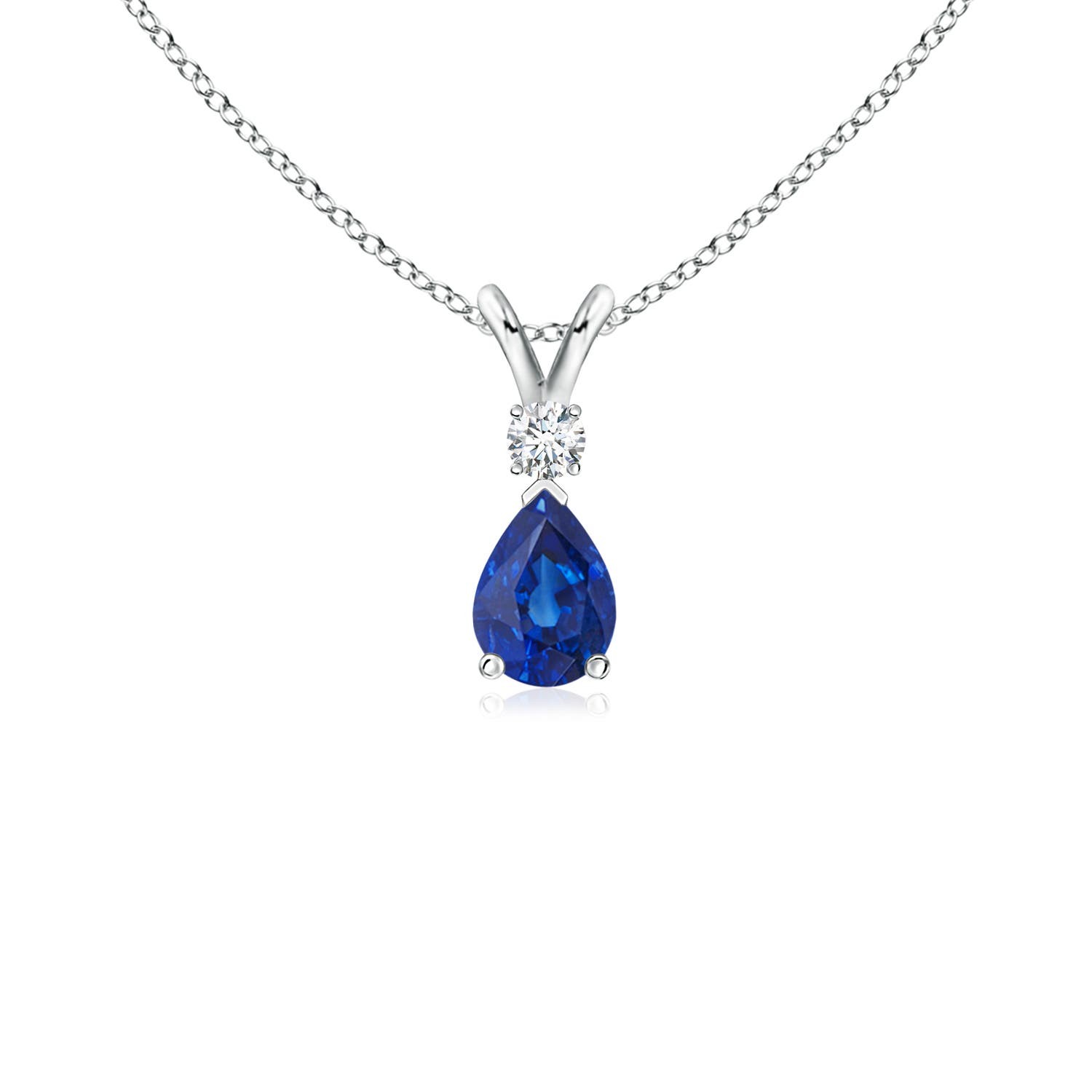
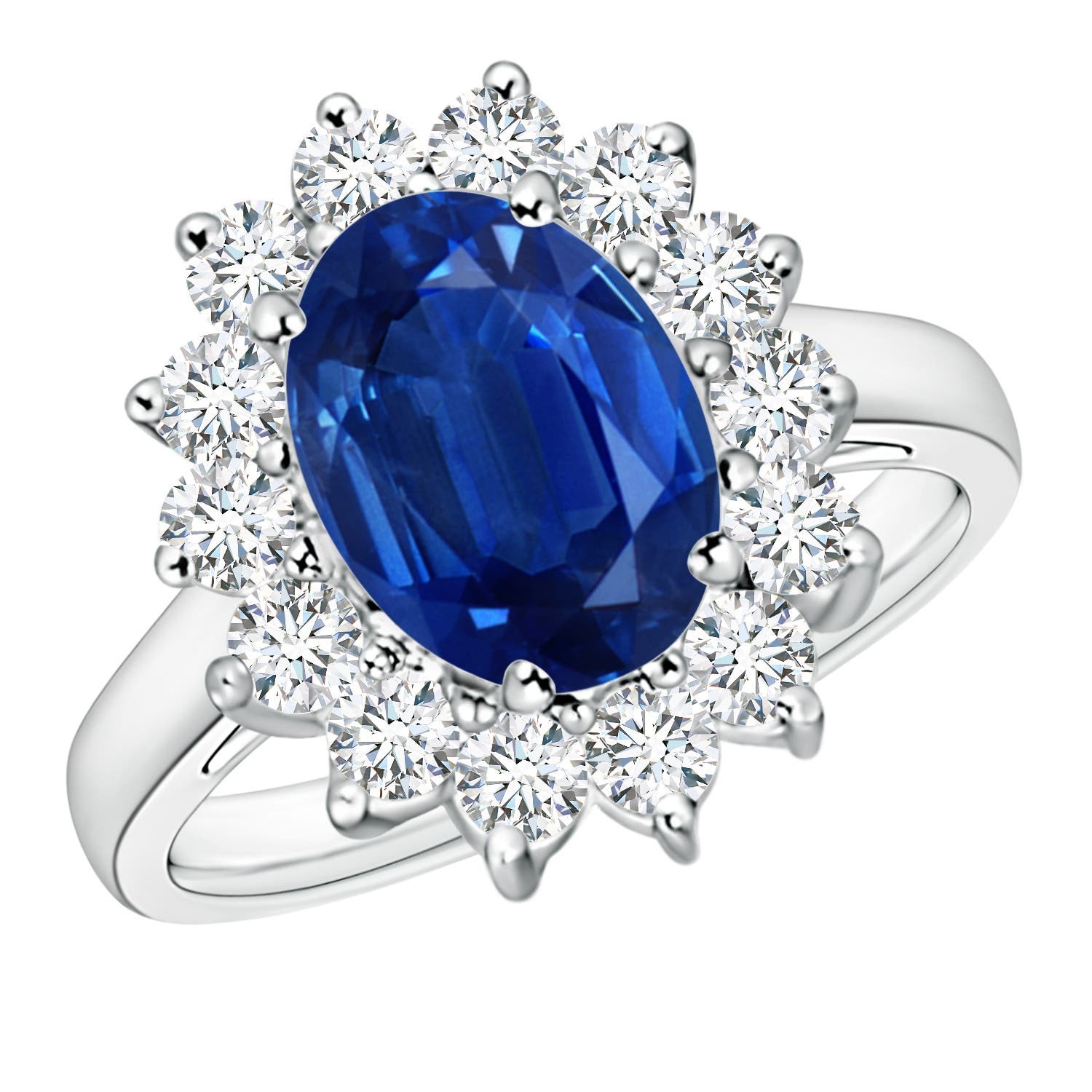
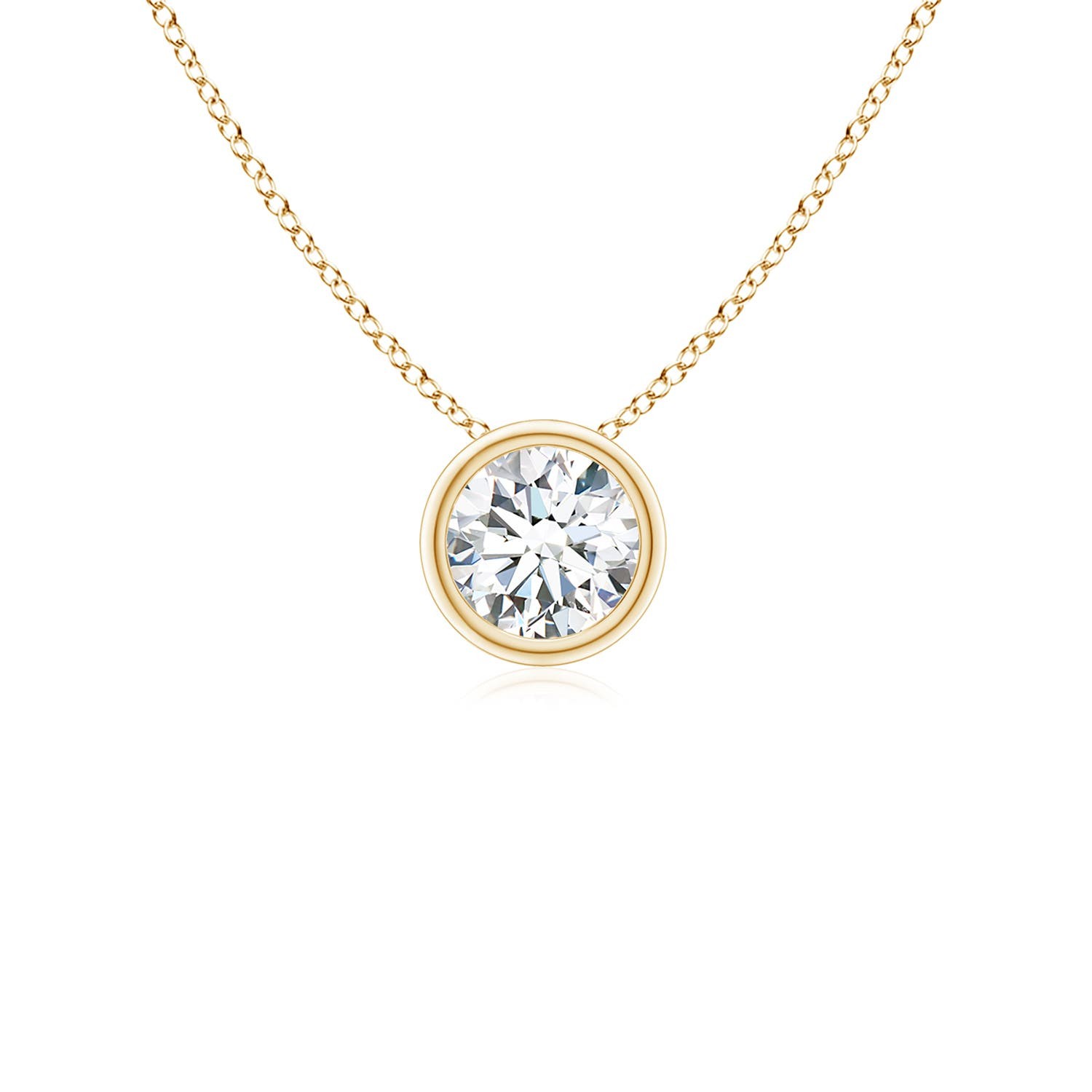
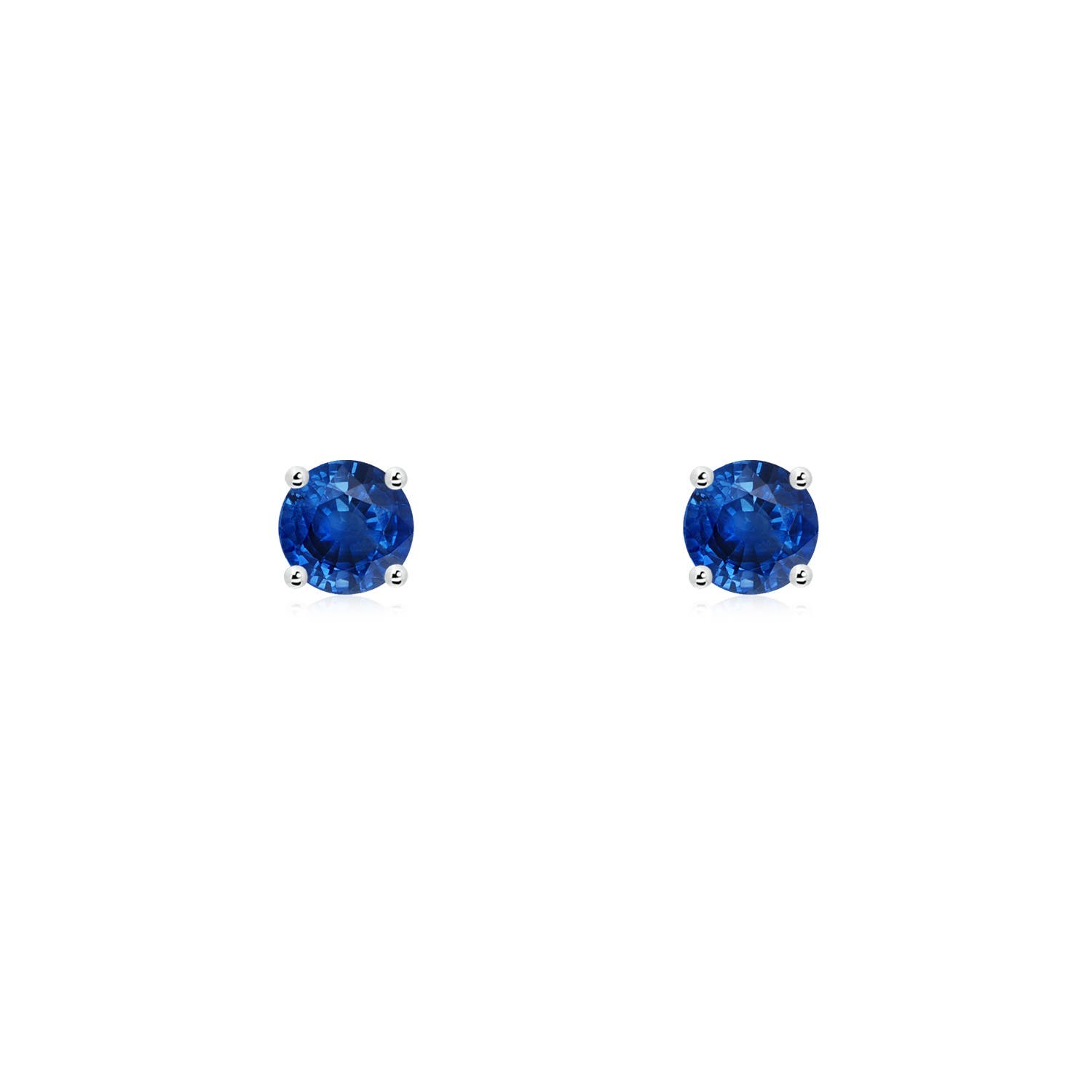
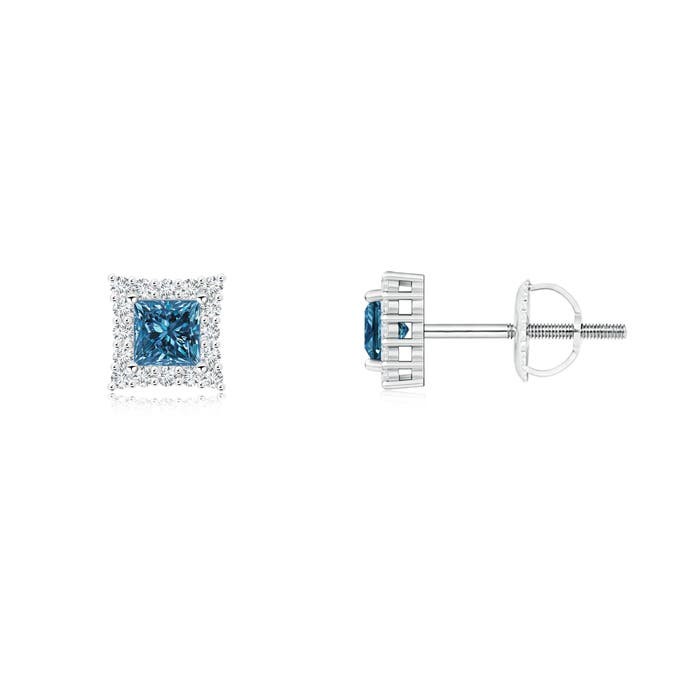
7. The Enduring Appeal of Gemstones
Whether you choose a sapphire or a diamond, you are investing in a timeless treasure that can be cherished for generations. Both gemstones possess unique qualities that make them highly desirable and meaningful.
7.1. Sapphires: A Symbol of Wisdom and Nobility
Sapphires have been prized for centuries for their beauty and symbolism. They are often associated with wisdom, nobility, and good fortune. Sapphires are also believed to promote inner peace and spiritual enlightenment.
7.2. Diamonds: A Symbol of Love and Eternity
Diamonds are the ultimate symbol of love and commitment. Their exceptional hardness, brilliance, and fire make them a lasting reminder of enduring strength and beauty.
8. How to Care for Your Gemstone Jewelry
To ensure that your sapphire or diamond jewelry retains its beauty and value, proper care is essential. Follow these guidelines to keep your gemstones sparkling for years to come:
8.1. Cleaning and Maintenance
Clean your gemstone jewelry regularly with a soft brush, mild soap, and warm water. Avoid harsh chemicals or abrasive cleaners that can damage the surface of the gemstone or metal setting.
8.2. Storage and Protection
Store your gemstone jewelry in a soft pouch or jewelry box to prevent scratches and damage. Keep your jewelry away from extreme temperatures, humidity, and direct sunlight.
8.3. Professional Inspection and Repair
Have your gemstone jewelry professionally inspected and cleaned at least once a year. A jeweler can check for loose stones, worn prongs, and other potential problems and make necessary repairs to ensure the longevity of your jewelry.
9. Beyond Price: Intangible Value
While the price of sapphires and diamonds is a significant consideration, it’s important to remember the intangible value they hold. These gemstones are not just commodities; they are symbols of love, commitment, and personal expression.
9.1. The Emotional Connection
The emotional connection to a gemstone can be just as important as its monetary value. Whether it’s an engagement ring, a birthstone pendant, or a treasured heirloom, gemstone jewelry can evoke powerful emotions and memories.
9.2. The Legacy and Heirloom Potential
Gemstone jewelry has the potential to become a cherished heirloom, passed down through generations. The enduring beauty and value of sapphires and diamonds make them a lasting legacy that can be enjoyed by family members for years to come.
10. Expert Insights from COMPARE.EDU.VN
At COMPARE.EDU.VN, we understand that choosing between a sapphire and a diamond can be a complex decision. That’s why we provide comprehensive comparisons and expert insights to help you make an informed choice.
10.1. Comprehensive Gemstone Comparisons
Our website offers detailed comparisons of sapphires and diamonds, covering all aspects of their quality, value, and symbolism. We provide unbiased information to help you understand the pros and cons of each gemstone.
10.2. Expert Advice and Recommendations
Our team of experts is dedicated to providing you with the best possible advice and recommendations. We can help you navigate the complex world of gemstones and find the perfect sapphire or diamond for your needs and budget.
10.3. Connecting You with Reputable Jewelers
We partner with reputable jewelers to ensure that you have access to high-quality gemstones and expert craftsmanship. We can connect you with trusted jewelers who can help you find the perfect sapphire or diamond jewelry.
11. Where to Buy Sapphires and Diamonds
Choosing a reputable jeweler is crucial when purchasing sapphires or diamonds. Look for jewelers with a long-standing reputation, a wide selection of gemstones, and a commitment to customer satisfaction.
11.1. Online Retailers vs. Brick-and-Mortar Stores
Both online retailers and brick-and-mortar stores offer unique advantages when purchasing gemstones. Online retailers often have a wider selection and lower prices, while brick-and-mortar stores allow you to examine the gemstones in person and receive personalized service.
11.2. Tips for Choosing a Reputable Jeweler
- Check their reputation: Read online reviews and ask for recommendations from friends and family.
- Look for certifications: Ensure that the jeweler sells GIA-certified gemstones.
- Ask about their return policy: A reputable jeweler will offer a generous return policy.
- Trust your instincts: Choose a jeweler who makes you feel comfortable and confident.
12. Lab-Grown vs. Natural Gemstones
The rise of lab-grown gemstones has created a new option for consumers. Lab-grown sapphires and diamonds offer the same physical and chemical properties as their natural counterparts but are typically more affordable.
12.1. The Ethical and Environmental Considerations
Lab-grown gemstones are often seen as a more ethical and environmentally friendly choice, as they do not involve the same mining practices as natural gemstones.
12.2. The Cost Savings
Lab-grown sapphires and diamonds are typically significantly less expensive than natural gemstones, allowing consumers to purchase larger or higher-quality stones within their budget.
13. Frequently Asked Questions (FAQs)
13.1. What is the difference between a sapphire and a diamond?
Sapphires are made of aluminum oxide (corundum), while diamonds are made of pure carbon. Diamonds are harder and have more brilliance and fire than sapphires.
13.2. Which is more expensive, a sapphire or a diamond?
Diamonds are generally more expensive per carat than sapphires.
13.3. What are the best colors for sapphires?
The most prized sapphires are those with vivid, intense blue hues. Padparadscha sapphires, with their unique pinkish-orange hue, are also highly valued.
13.4. What are the 4Cs of diamond quality?
The 4Cs are carat, cut, clarity, and color.
13.5. How do I care for my sapphire or diamond jewelry?
Clean your jewelry regularly with a soft brush, mild soap, and warm water. Store it in a soft pouch or jewelry box to prevent scratches and damage.
13.6. Are lab-grown sapphires and diamonds real?
Yes, lab-grown sapphires and diamonds have the same physical and chemical properties as their natural counterparts.
13.7. What is the Mohs hardness scale?
The Mohs hardness scale measures the resistance of a mineral to scratching. Diamonds have a Mohs hardness of 10, while sapphires have a Mohs hardness of 9.
13.8. What is gemstone certification?
Gemstone certification is a report from a recognized laboratory, such as the GIA, that confirms the authenticity and quality of a gemstone.
13.9. What is the best way to clean a diamond ring?
The best way to clean a diamond ring is with a soft brush, mild soap, and warm water.
13.10. How can I tell if a sapphire is real?
Have the sapphire certified by a reputable laboratory, such as the GIA.
14. Conclusion: Choosing the Perfect Gemstone for You
Ultimately, the decision of whether to choose a sapphire or a diamond comes down to personal preference, budget, and the symbolism you wish to convey. Both gemstones offer unique beauty and enduring value.
By understanding the factors that influence their cost and quality, you can make an informed decision that will bring you joy for years to come. Visit COMPARE.EDU.VN for more detailed comparisons and expert advice to help you find the perfect gemstone jewelry.
Are you struggling to decide between a sapphire and a diamond? Let COMPARE.EDU.VN help you! Visit our website today for comprehensive comparisons, expert advice, and access to reputable jewelers. Make an informed decision and find the perfect gemstone jewelry that reflects your unique style and personality.
COMPARE.EDU.VN – Your Partner in Informed Decision-Making.
Address: 333 Comparison Plaza, Choice City, CA 90210, United States
Whatsapp: +1 (626) 555-9090
Website: compare.edu.vn